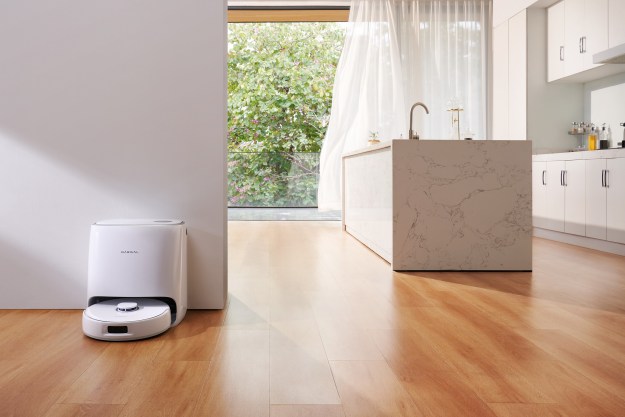
“What we did is cook the rice as you normally do, but when the water is boiling, before adding the raw rice, we added coconut oil — about 3 percent of the weight of the rice you’re going to cook,” Sudhair James told the Washington Post. “After it was ready, we let it cool in the refrigerator for about 12 hours. That’s it.”
So how exactly does this work? In order to understand why the technique is effective, you first need to understand a few things about starch.
Generally speaking, there are two kinds of starches that we eat: digestible and resistant. Digestible starches are the ones our bodies can quickly break down and turn into glucose and glycogen, the latter of which can add to the size of your gut if you don’t expend enough energy to burn off any excess. Resistant starches, however, are more complex, and our bodies lack the ability to digest them quickly. For this reason, these starches often pass through without being completely broken down, which ultimately causes fewer of their calories to be absorbed.

Keeping this in mind, James and Thavarajva tested eight different recipes on 38 different kinds of rice found in Sri Lanka. After numerous trials, they found that by adding a lipid (aka, fat, which in this case was coconut oil) to the boiling water before adding the rice, then cooling the rice immediately after was finished, they were able to change the chemical composition of the starches therein.
“The oil interacts with the starch in rice and changes its architecture,” said James. “Chilling the rice then helps foster the conversion of starches. The result is a healthier serving, even when you heat it back up.”
So far the duo have only measured the chemical outcome of the most effective cooking method for the least healthful of the 38 varieties of rice, but that variety still produced a 10 to 12 percent reduction in calories. “With the better kind, we expect to reduce the calories by as much as 50 to 60 percent,” said James.
And rice is just the beginning. It stands to reason that if this method works on the starches in rice grains, it will also work on other types of grains. In theory, this technique could also be used to reduce the caloric content of foods like bread and pasta, which is a rather exciting prospect if you ask us.



